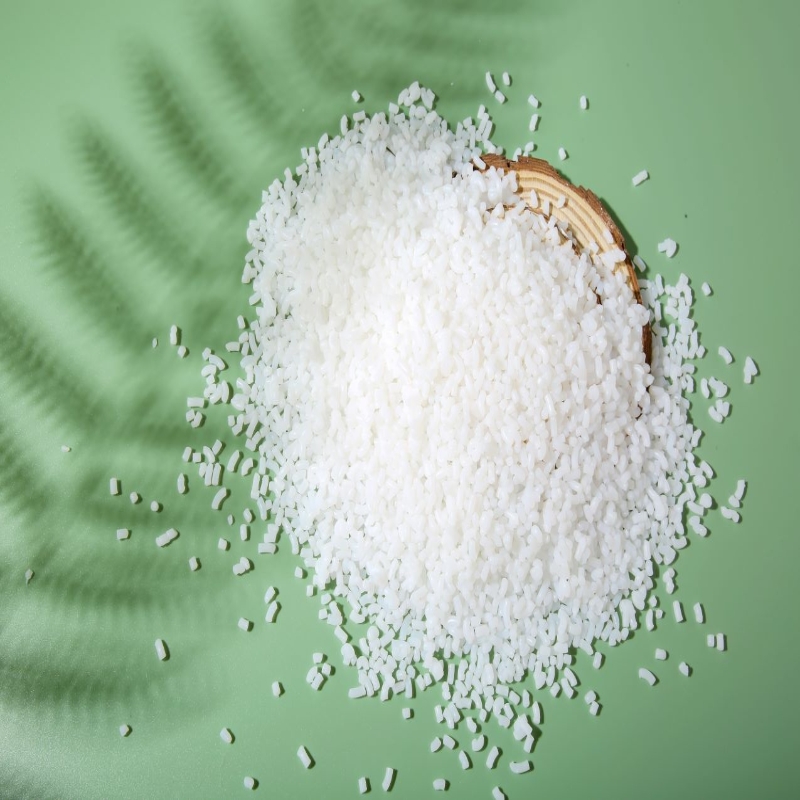-
Categories
-
Pharmaceutical Intermediates
-
Active Pharmaceutical Ingredients
-
Food Additives
- Industrial Coatings
- Agrochemicals
- Dyes and Pigments
- Surfactant
- Flavors and Fragrances
- Chemical Reagents
- Catalyst and Auxiliary
- Natural Products
- Inorganic Chemistry
-
Organic Chemistry
-
Biochemical Engineering
- Analytical Chemistry
-
Cosmetic Ingredient
- Water Treatment Chemical
-
Pharmaceutical Intermediates
Promotion
ECHEMI Mall
Wholesale
Weekly Price
Exhibition
News
-
Trade Service
SBA-15 and MCF in-hole silicon dioxide are used as solid porous adsorbents to support liquid commercial biocides and to check the biocide activity of such load solids after adding water-based coatings.
film samples showed complete inhibition of fungal growth after one month.
starts with antiseptic-free acrylic latex and gets three series of coating formulations: two series by adding an increase in the amount of different biocide compounds (one series using SBA-15, the second series using MCF-supported biocides) and the third series instead adding non-supported liquid fungicides .
completely inhibits fungal growth
and then measures the biological activity of Alternaria alternata with different coatings prepared by current standard procedures for dry coating sample evaluation. Increased inhibition activity and lower development of mycobacteria are usually observed when the concentration of enveloping biocides increases. Membrane samples corresponding to two coatings made with 2-weight% biocides loaded in MCF silica showed total inhibition of fungal growth after one month, although significant deterioration was observed when liquid biocides were observed at 2-weight. Was founded.
paint film containing MCF-loaded silicon dioxide performs best
the two coatings are selected to be tested under more severe perishable conditions in the presence of fluemycin, streptococcus and colic shell spores. The paint film of silicon dioxide, which is loaded with MCF, showed optimum efficiency and showed ineffective development of the inoculated strain after nine months. This behavior may be related to the shape and aperture of the MCF particles, which facilitates the diffusion within the biocide particles, and is also related to the low density of this disordered material, which causes it to be positioned close to the top surface of the dry paint.
the study was published in Organic Coatings Progress Volume 134, September 2019, pp. 145-152.







